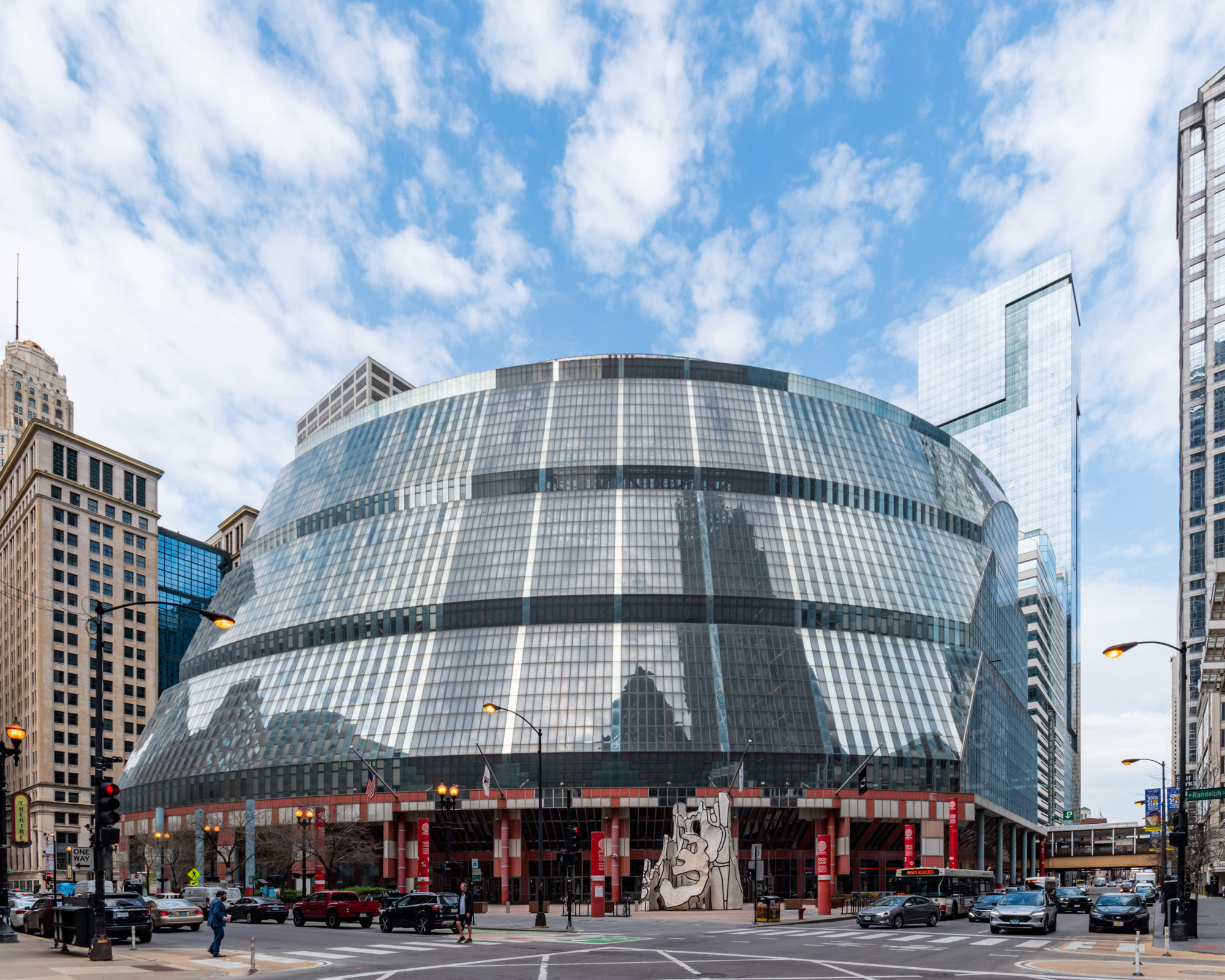The fat lady is about to sing. O’Fallon, Mo.-based contractor and co-developer Paric Corp. is orchestrating a long-awaited second act for the 77-year-old Peabody Opera House in downtown St. Louis.
Shuttered in 1991, the 320,00-sq-ft, limestone-clad Peabody will be dressing the part when it reopens next year, thanks to painstaking efforts to preserve the Beaux-Arts beauty, whose facade features eight Corinthian columns flanked by sculptured panels and a pair of 10-ton limestone Missouri bears adorning its main entrance.
“The challenge is inserting 21st-century systems while respecting the building’s original appearance,” says Gary Martinez, president of restoration architect Martinez and Johnson Architecture, a Washington, D.C.-based firm that has extensive experience in historic renovation.
For Paric and its team of subcontractors, the goal is no less than integrating Peabody’s lush interiors, including marble pillars, gilded ceilings and Art Deco details, with a new support structure and state-of-the-art acoustical, lighting, plumbing, heating-ventilation-air conditioning, electrical and Americans with Disabilities Act-compliant systems.
Perhaps the greatest challenge, though, involves Peabody’s domed ceiling. Perched 90 to 120 ft above the sloping theater floor, it was one of the largest such spans in the nation when Peabody—formerly known as the Kiel Opera House—first opened its doors.
Renovation work, which commenced in June, is proceeding smoothly, says Wolkoff, who notes that Paric and its team of subs spent four years preparing for the project. Among other discoveries, team members found that Peabody had aged better than other old buildings in the area. “It was in relatively good condition,” says Wolkoff. “It’s structurally sound and there wasn’t much vandalism or water infiltration.”
Old-School Techniques
As with the dome, recreating and repairing similar intricate architectural finishings inside the old opera house required extensive research—including the revival of skills that are increasingly rare.
“We researched historic paint and carpet patterns and studied how to touch up or recreate Dutch bronze and gold-leafing,” Wolkoff recalls. “We also brought in plasterers with the skills to work on this kind of decor.”
New systems and furnishings also are taking their cues from the past. The theater’s original seating supplier, for example, was tapped to manufacture seats matching the originals, albeit in wider dimensions to provide patrons with greater comfort.
During peak periods, about 300 tradespeople will be on site. In all, the project will provide 480 construction jobs with a total payroll of more than $23 million, figures that not only point to a revitalized Peabody, but a revitalized local construction force as well.
Article toolbar div id="articleExtras"






Post a comment to this article
Report Abusive Comment